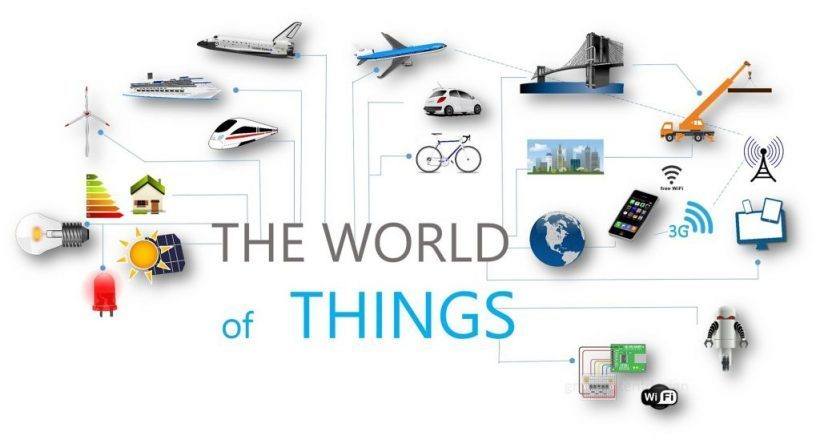Insightful Bytes
Your daily dose of informative news and inspiring insights.
Mind Mapping Tools That Will Make Your Ideas Bloom
Discover powerful mind mapping tools that will transform your ideas into vibrant creations. Unleash your creativity today!
10 Mind Mapping Tools to Ignite Your Creativity
Mind mapping is a powerful technique that can help you organize your thoughts, brainstorm new ideas, and enhance your creativity. By visually laying out information, you can see connections and relationships that might not be immediately apparent. Here are 10 mind mapping tools that can help ignite your creativity:
- XMind - A versatile tool with a user-friendly interface, XMind allows you to create detailed mind maps with various layouts.
- MindMeister - This collaborative online platform lets teams brainstorm together in real time, making it perfect for group projects.
- Coggle - A simple yet effective tool that offers unlimited image uploads and collaborative features.
- Lucidchart - Known for its diagramming capabilities, Lucidchart also allows users to create mind maps with ease.
- FreeMind - An open-source software that offers a straightforward way to create and organize mind maps.
- Mindomo - Combines mind mapping and project management features, making it great for team planning.
- Scapple - A freeform text editor that lets you jot down ideas and connect them in any way you like.
- SimpleMind - A flexible and intuitive app that comes with various templates to kickstart your brainstorming sessions.
- Canva - While primarily a graphic design tool, Canva has templates for mind maps that can bring a visual flair to your ideas.
- Microsoft Visio - Ideal for professionals, Visio provides extensive features for creating complex mind maps.

How to Choose the Right Mind Mapping Tool for Your Ideas
Choosing the right mind mapping tool is crucial for effectively organizing your thoughts and ideas. Start by identifying your specific needs: do you require a simple, user-friendly interface or advanced features like collaboration and project management? Consider whether you prefer a cloud-based solution for accessibility or a desktop application for offline use. Make a list of features that matter most to you, such as drag-and-drop functionality, integration with other apps, or customizable templates. This initial assessment will guide you toward the tools that best fit your workflow.
Once you've narrowed down your options, it's beneficial to test a few different mind mapping tools to find the one that resonates with you. Many tools offer free trials or basic versions, allowing you to explore their functionalities without commitment. Pay attention to the user experience: a tool that feels intuitive will enhance your creativity and productivity. Additionally, check for user reviews and tutorials to gain insights into how others utilize these tools effectively. Remember, the right tool should not only complement your brainstorming process but also inspire new ideas.
Unlocking Your Potential: The Benefits of Using Mind Mapping Tools
Unlocking your potential is essential in today's fast-paced world, and one of the most effective methods to do so is by utilizing mind mapping tools. These tools facilitate creative thinking and enable you to visually organize your thoughts, making complex ideas more manageable. Mind mapping encourages the exploration of connections between different concepts, which can lead to innovative solutions and improved productivity. By allowing your mind to roam freely and capture ideas in a non-linear fashion, you're not only enhancing your understanding but also discovering new paths to achieve your goals.
Furthermore, the benefits of using mind mapping tools extend beyond mere brainstorming. They can significantly aid in planning and project management. For instance, creating a mind map can help you outline your strategies and identify priorities effectively. Here are some key advantages:
- Enhanced retention of information
- Improved organization of thoughts
- Greater clarity in decision-making
- Facilitation of collaborative efforts
By harnessing the power of mind mapping, you can unlock your full potential and work towards your aspirations with greater efficiency.